Cotton Plant Info For Kids - Teaching Kids How To Grow Cotton
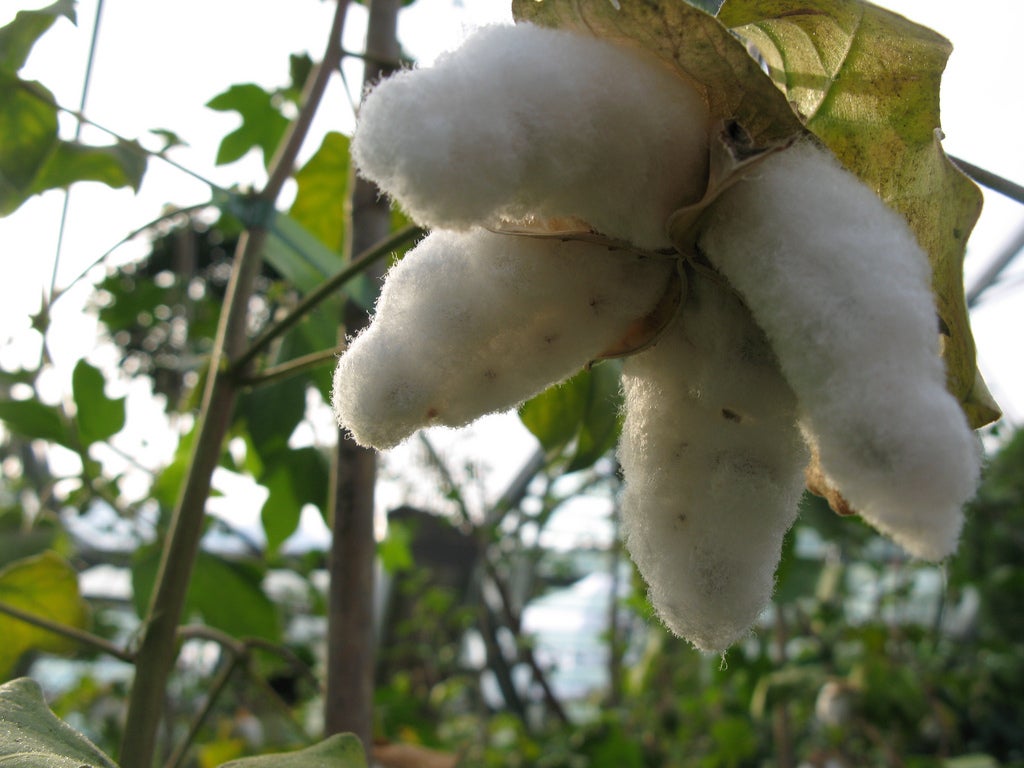

Cotton growing with kids is easy and most will find this to be a fun project in addition to an educational one, especially once the finished product is harvested. Let's learn more about how to grow cotton both indoors and out.
Cotton Plant Info
While cotton (Gossypium) has been around for a long time and grown mainly for its fibers, cotton growing with kids can be a fun learning experience. Not only will they get a chance to learn some cotton plant info, but they will love the fluffy, white product of all their labor. You can take the lesson further by exploring how your harvested cotton gets processed to make the clothes we wear. Cotton is a warm climate plant. It cannot tolerate temperatures cooler than 60°F. (15 C.). If you live in a cooler climate, it is better to start the plant indoors and then transplant it out once the temps have warmed up. Cotton is also self-pollinating, so you don't need a lot of plants.
How to Grow Cotton Outdoors
Cotton is planted outdoors in spring once the threat of frost has passed. Check the soil temperature with a soil thermometer to ensure that it is at least 60 degrees F. (15 C.) six inches (15 cm.) down. Keep checking this for a three-day period every morning. Once the soil maintains this temperature, you can work the soil, adding an inch (2.5 cm.) or so of compost to it. Compost is a great source of nitrogen, potassium, and trace minerals necessary for strong plant growth. Help your child create a furrow with a garden hoe. Moisten the soil. Plant your cotton seeds in groups of three, one inch (2.5 cm.) deep and four inches (10 cm.) apart. Cover and firm the soil. Within a couple weeks, the seeds should begin to sprout. Under optimal conditions, they will sprout within a week but temps under 60 degrees F. ( 15 C.) will prevent or delay germination.
Growing Cotton Plants Indoors
Planting cotton seeds indoors is also possible, keeping temperatures over 60 degrees F. (15 C.) (which shouldn't be difficult in the house). Pre-moisten potting soil and mix this with healthy soil from the garden. Cut the top from a ½ gallon ( 2 L ) milk jug and add some drainage holes in the bottom (You can also use any 4-6 inch (10 to 15 cm) pot of your choosing). Fill this container with the potting mix, leaving a space of about two inches (5 cm.) or so from the top. Place about three cotton seeds on top of the soil and then cover with another inch (2.5 cm.) or so of potting mix. Place in sunlight and keep moist, adding water as needed so the upper portion of soil does not get too dry. You should begin to see sprouts within 7-10 days. Once the seedlings have sprouted, you can thoroughly water the plants each week as part of your cotton plant care. Also, rotate the pot so the cotton seedlings grow uniformly. Transplant the strongest seedling to a larger container or outdoors, making sure to provide at least 4-5 hours of sunlight.
Cotton Plant Care
You will need to keep the plants watered throughout the summer months as part of optimal cotton plant care. At around four to five weeks, the plants will begin branching. By eight weeks you should start to notice the first squares, after which blooming soon follows. Once the creamy, white flowers have been pollinated, they will turn pink. At this point the plants will begin producing a boll (which becomes the ‘cotton ball.'). It is crucial that water be given during this entire process to ensure adequate growth and production. Cotton is ready for harvesting once all of the bolls have cracked open and looks like a fluffy ball. This normally occurs within four months of planting. The growing cotton plants will naturally dry up and shed their leaves just prior to the bolls cracking. Be sure to wear some gloves when harvesting cotton from your plants to protect your little one's hands from getting cut. Your harvested cotton can be dried and the seeds saved for planting again next year. Note: Because of boll weevil infestation concerns, it is illegal in many US states to grow cotton in your backyard. Check with your local extension office before planting cotton.
Gardening tips, videos, info and more delivered right to your inbox!
Sign up for the Gardening Know How newsletter today and receive a free copy of our e-book "How to Grow Delicious Tomatoes".

Nikki Tilley has been gardening for nearly three decades. The former Senior Editor and Archivist of Gardening Know How, Nikki has also authored six gardening books.
-
 Try The Trend – Turn Any Bed Into A Keyhole Garden With This Clever In-Ground Composter
Try The Trend – Turn Any Bed Into A Keyhole Garden With This Clever In-Ground ComposterKeyhole gardening is an efficient and sustainable practice that saves space. Get started on this DIY project quickly and easily with an in-ground composter.
By Bonnie L. Grant
-
 4 Superfast Composting Methods: Turn Waste Into Garden Gold In 30 Days Or Less
4 Superfast Composting Methods: Turn Waste Into Garden Gold In 30 Days Or LessTry the fastest composting methods to turbocharge your pile and transform kitchen scraps and garden waste into finished compost in just a few weeks.
By Mary Ellen Ellis
-
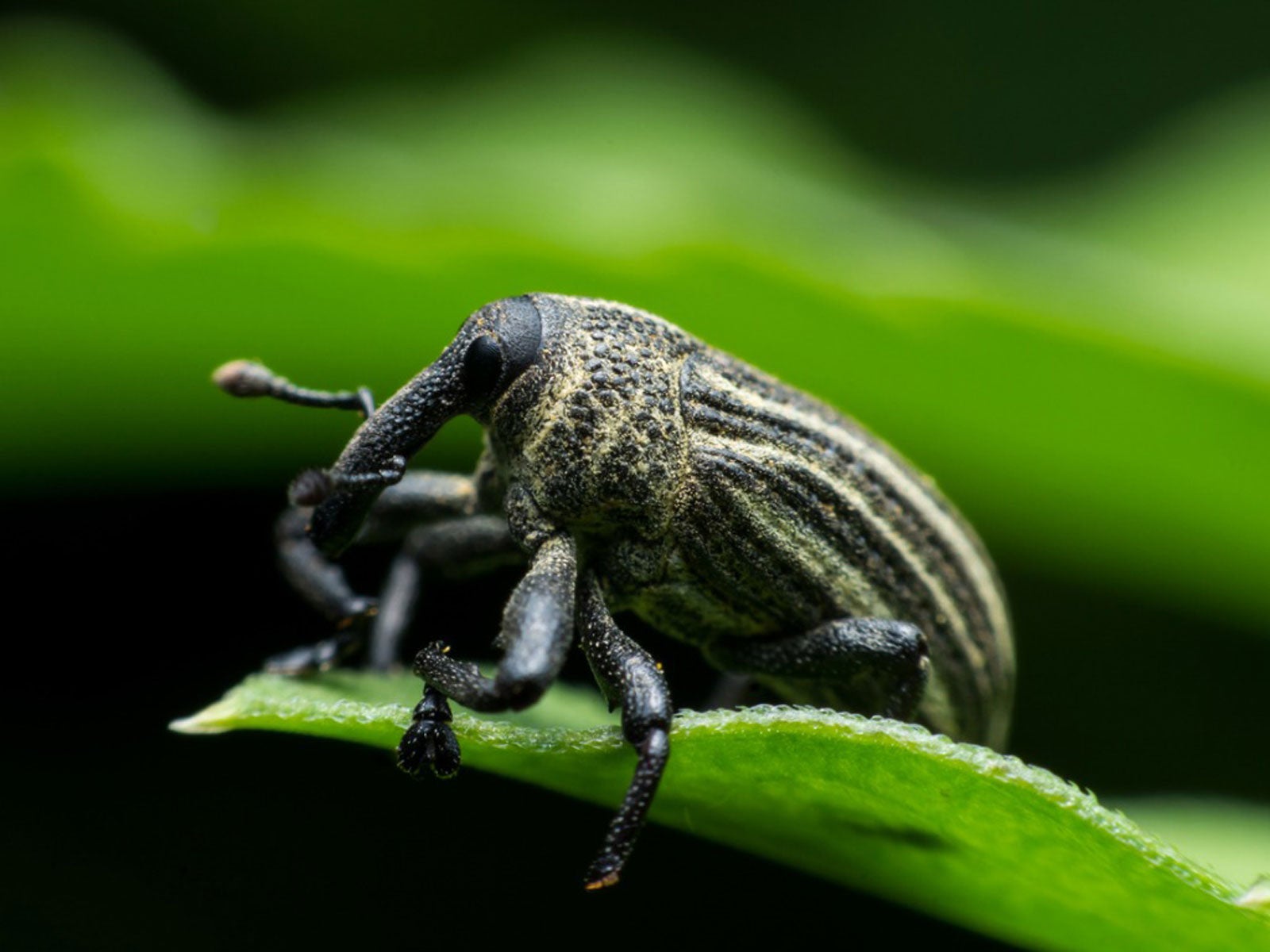 Boll Weevil History – Learn About The Boll Weevil And Cotton Plants
Boll Weevil History – Learn About The Boll Weevil And Cotton PlantsThe story of the boll weevil and cotton is a long one, lasting many decades. To learn more about cotton boll weevil problems, click the following article.
By Laura Miller
-
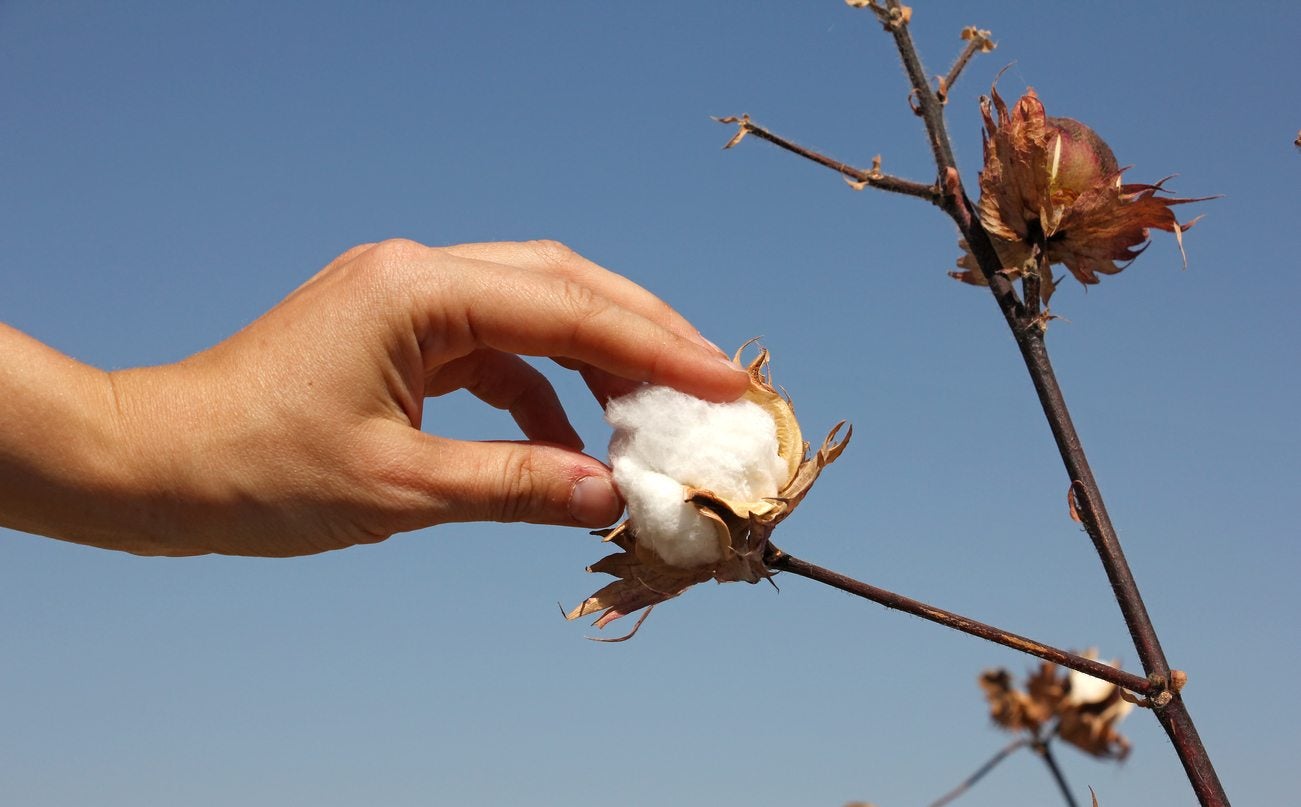 Picking Ornamental Cotton – How Do You Harvest Homegrown Cotton
Picking Ornamental Cotton – How Do You Harvest Homegrown CottonMany people are trying their hand at growing crops that are traditionally grown by commercial farmers. One such crop is cotton. Learn about picking ornamental cotton and when to harvest your homegrown cotton in this article.
By Amy Grant
-
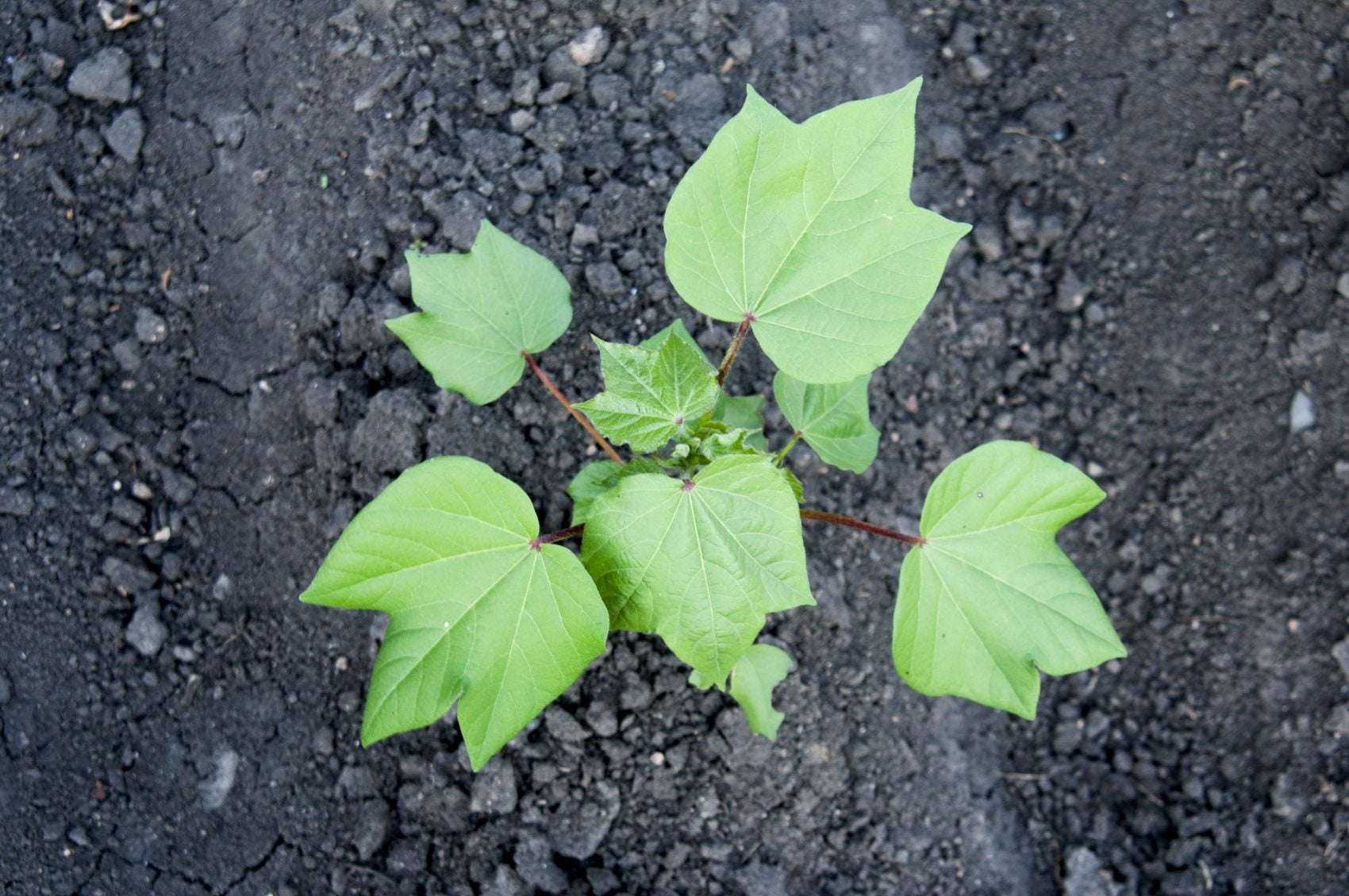 Cotton Seed Placement – How To Plant A Cotton Seed
Cotton Seed Placement – How To Plant A Cotton SeedCotton plants are actually quite attractive. Your neighbors will ask about this unique garden plant, and they won't believe it when you tell them what you're growing. Find out how to sow cotton seeds in this article.
By Jackie Carroll
-
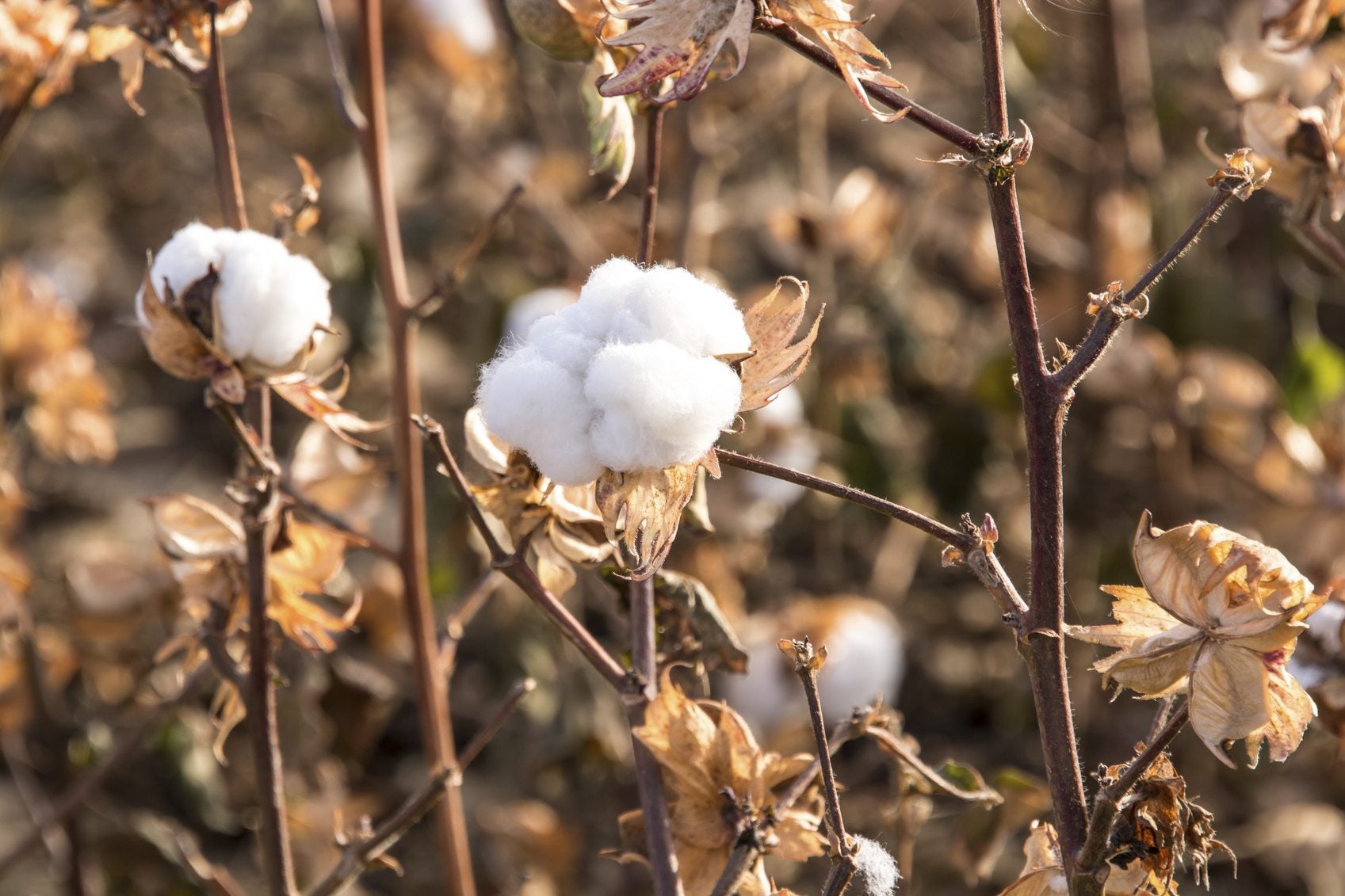 What Is Cotton Burr Compost: How To Use Cotton Burr Compost In Gardens
What Is Cotton Burr Compost: How To Use Cotton Burr Compost In GardensNot all compost is the same. Many gardeners will tell you that the best stuff you can get is cotton burr compost. Why and what is this? Find more information in this article and learn about how to use cotton burr compost in your garden.
By Liz Baessler
-
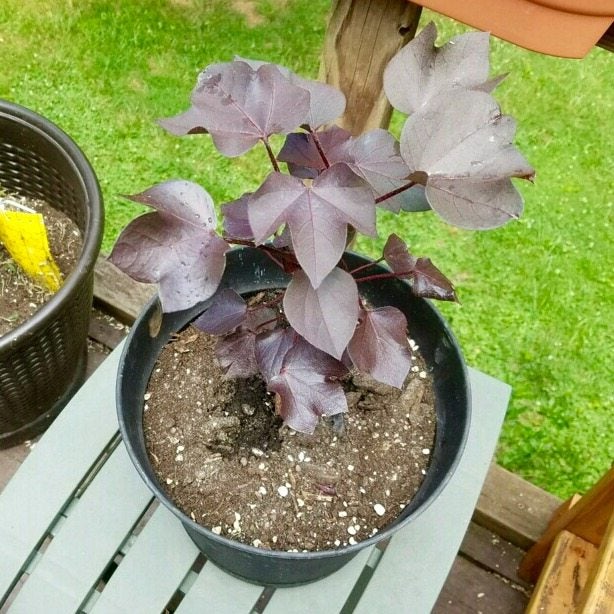 Black Cotton Plants – Tips On Planting Black Cotton In Gardens
Black Cotton Plants – Tips On Planting Black Cotton In GardensLooking for something unusual to add to your garden? Have I got an extraordinary beauty for you - black cotton plants, which are related to the familiar white cotton. Intrigued? This article provides tips on how to grow black cotton, harvest the plant, and more.
By Amy Grant